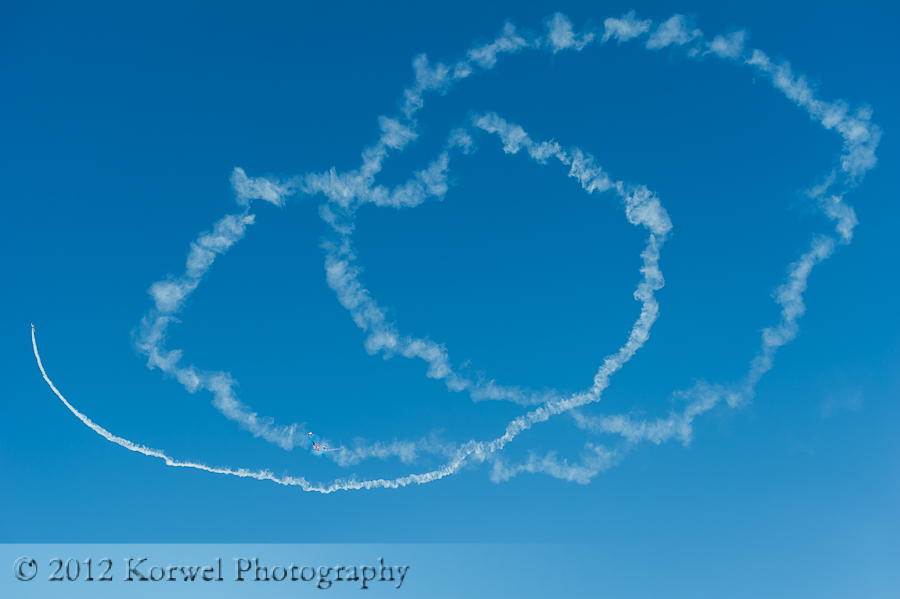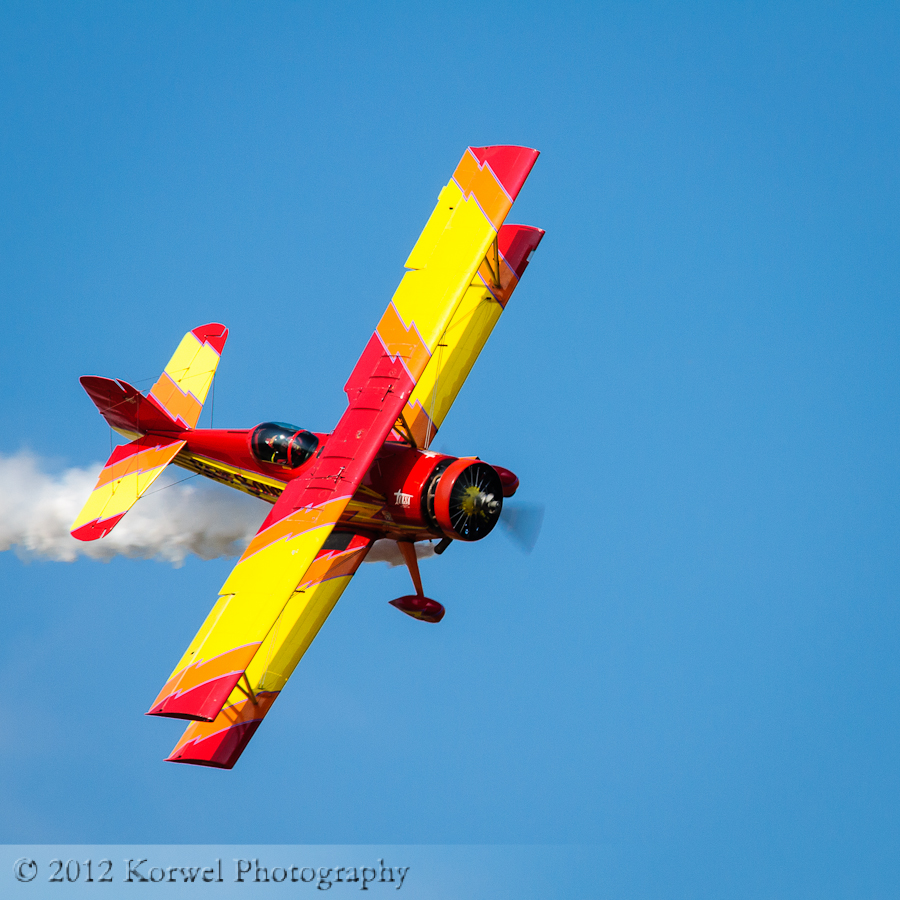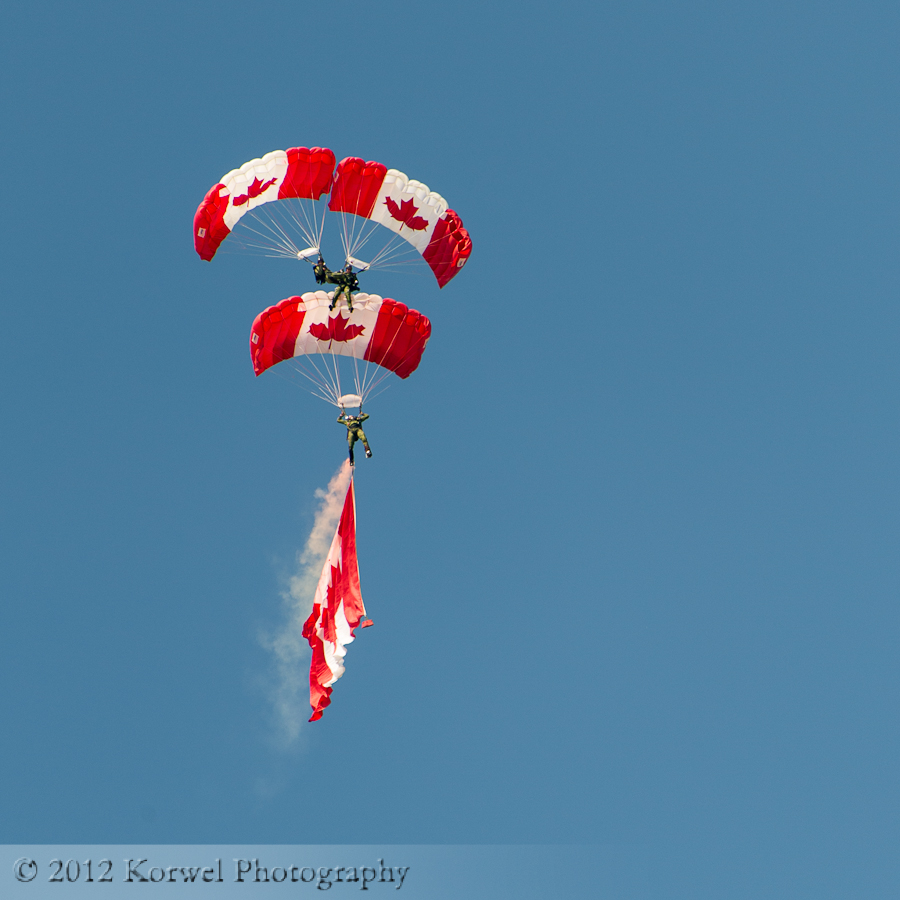Telephoto zooms- choices for Nikon shooters
For last few years, I was discovering my passion in photographing air shows air shows. At the same time, in need of the longer telephoto, I was renting lenses for each event. Yes, you can get some good images with zoom up to 200 mm, especially if you have access to press deck (like I had this one time in Goraszka). Most of the time, you need a little bit more, even with the cropped sensor advantage on my Nikon D300.
With my attending air show getting more systematic and adding more and more events each year, I finally started considering buying one. But which one? I tired a few over the years.
To help myself make the decision, I collected the data on those few lenses on my short list. I thought my readers might also find this interesting, if you are into bird or wildlife, or air show photography yourself. For some explanation:
– I shoot Nikon, so my lens choices are obviously limited to manufacturers offering this mount (and Nikkor lenses themselves)
– I am listing the price from the manufacturer’s site
– I chose the parameters which are important for me to choose the lens.
– I am showing example images I shot with the lens at the longest focal length. You can click to view larger file.
– street price – $629
– weight – 19.6 oz
– min apertures – f/3.5-6.3
– min focus distance – 1.6 ft.
– filter size – 67 mm
– image stabilization – yes
I had a chance to play with this lens during Tamron event at the local photo club. I took it outside to find some bugs and try both close-up and long focal length in nature. It did a decent job. For a while, I was even considered buying this lens. I wanted to add a bit focal length to my all-purpose zoom. My 18-200 mm zoom from Nikon is just a little bit too short for birds or airplanes. You can read more on this lens in this post, which I wrote just after coming back form the event. Now, after trying several lenses with longer focal lengths, I think it is not the optimal choice for longer telephoto. I left the lens in this summary in case anybody was interested in a bit longer go-to zoom than “classical” 18-200 mm.
– street price – $586.95
– weight – 26.3 oz.
– min apertures – f/4.5-5.6
– min focus distance – 4.9 ft.
– filter size – 67 mm
– image stabilization – yes
I had a chance to try this lens when I was considering replacing the 18-200 mm zoom with the “classical” Nikon set- the 18-70mm f/3.5-4.5 paired with 70-300mm f/4.5-5.6. I did not rent it before any of the airshows I went to last year. I just took it for a few walks to the nearby park to try it out- that’s why the moon is the only interesting image I have, taken with this lens. Again, now I am convinced that a I would prefer a bit longer focal length then “only” 300 mm. And I am really happy with the current zoom (Sigma 18-250mm), which enables me to take reasonably wide angle shots without changing the lens. I do not really see the advantage of added just one stop with maximum aperture. Again, like the previous lens, I left it in the summary in case it fits somebody else’s needs.
– street price – $1,479
– weight – 47 oz.
– min apertures – f/4.5-5.6
– min focus distance – 7.5 ft.
– filter size – 77 mm
– image stabilization – yes
This lens went with me to quite a few air shows, but never underwent ultimate challenge of Airventure. It does all what I want it to do. I can peek inside the cockpit of the passing planes at the longer focal length, while it gives me some leeway for a broader shot of the trail the plane leaves behind. At first, I had quite a lot of hit and miss on getting sharp images with this lens. I am still not sure if it was the operator error- it happened to both me and my husband. Maybe we need to give it another try. Also, it is a bit shorter then Sigma 50-500 mm, and a bit less wide. Yet, there is a bit of price difference in favor of this lens. And also, another huge difference is that this lens quite a bit lighter, which should result in more sharp images and less muscle fatigue in the long run.
– street price – $1659
– weight – 4.3 lb / 69.5 oz
– min apertures – f/4.5-6.3
– min focus distance – 1.64 ft.
– filter size – 95 mm
– image stabilization – yes
This lens accompanied me already twice to Airventure. I has the long focal length I appreciate, and the short focal length I can really use. During the airplane performances, oftentimes I shoot very tight on the aircraft and then quickly change to the view of the whole scene, maybe with astounding trails (like the opening image to this post), or other airplanes. Some disadvantage of this lens is its weight- to which I am slowly getting used to, but it still affects the sharpness. It is not the optical quality, but the fact I have hard time panning quickly moving object with its weight. Another nuisance I found in the filed was very hard vignetting on this lens at the longer focal length. Luckily, the Lightroom lens profile removed it seamlessly.
– street price – $949
– weight – 2.72 lb / 43.5 oz.
– min apertures – f/5-6.3
– min focus distance – 8.20 ft.
– filter size – 86 mm
– image stabilization – no
Again, this is a lens I had a chance to try during the Tamron even at the local photo club. I was working outside on some close-up nature shots of bugs with few macro and universal zoom lenses. A bit discouraged, I went back to see if they have any longer focal length lenses, this time with airplanes in mind. At first, I really felt the weight of this lens, and I had to pay attention to my shutter speed- all the things to remember which took a bit of time to develop into the habit. Then, I figured it out and was able to get sharp photos. You can read some more impressions of this lens in the post, which I wrote just after coming back. I am not considering it right now, since it seems to be too specialized, without the wider, shorter focal length I find useful shooting airshows with single body.
To summarize- I am between Nikon 80-400 mm and Sigma 50-500 mm. If I was making the decision last year, the weight would probably be the major factor (other then price, that is). This year, I know I can handle the over 4 lb. of camera and lens successfully, at least to some extend, and is getting better and better. And my main criterium right now is usability, which I think Sigma has an advantage. Since I am not making the purchase this week, I can ponder about it some more- now I have all information available in one spot. And maybe somebody else finds them useful as well.
And if you are a Canon shooter, you are lucky. Andrew S. Gibson has a whole series of e-books just about various Canon lenses with buying guide. Check it out by clicking here.
The links in this post are affiliate links. See details of our affiliate policy here.





